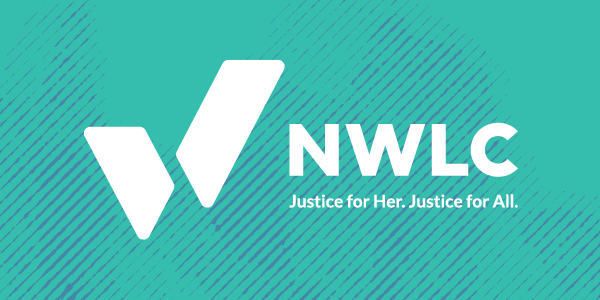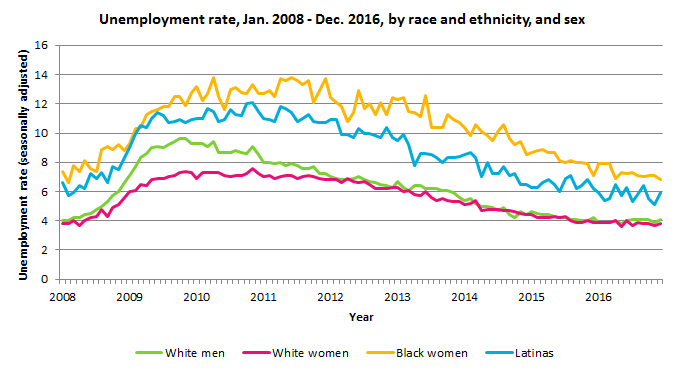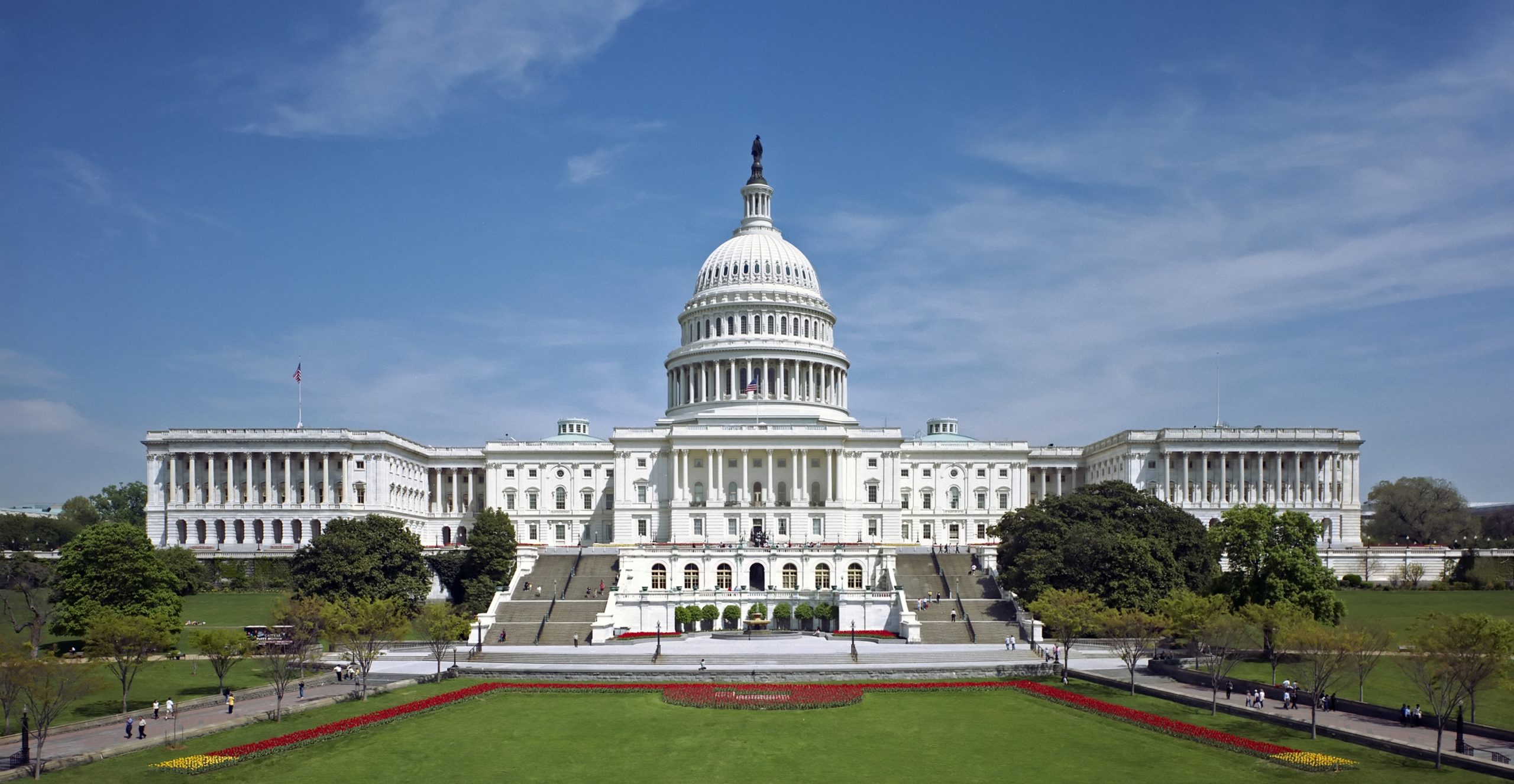Abortion rights, women of color, and LGBTQIA+ people are under attack. Pledge to join us in fighting for gender justice.
Good News, Bad News in Today’s Jobs Report


Today’s jobs report paints a mixed picture for the economy. The good news: Overall unemployment was low (4.9 percent) in August. The bad news: the economy added just 151,000 jobs last month, falling short of the 180,000+ jobs economists were expecting.
Here’s the other news you may have missed in today’s report.
Women gained virtually all of the 151,000 jobs added to the economy in August.
Among some of the interesting news last month, is that women claimed 96 percent of all the jobs added to the economy. The good news? Some of those jobs were good jobs with decent salaries and benefits. The bad news? Some of those jobs were not so good.
- About 1 in 4 (25.8 percent) jobs added to the economy were in the education and health services sector, jobs like tutors, home health care workers, and nurses.
- About 1 in 5 (19.2 percent) jobs added to the economy were in the leisure and hospitality sector, including jobs such as waiters and waitresses and hotel workers.
- About 1 in 6 (16.6 percent) jobs added to the economy were in the public sector, including jobs like teacher, postal workers, and federal government employees.
- One in 10 (10.0 percent) jobs added to the economy were in the retail sector.
The overall unemployment rate masks what’s going on for certain vulnerable groups.
The overall unemployment rate and the number of jobs added to the economy each month are a general picture of how our economy is doing. But those two numbers alone fail to paint a clear picture of how the economy is doing for women, particularly vulnerable groups of women. Among some of the bad news last month is that unemployment rates for certain groups of women were much higher than the overall unemployment rate.
- Among people 20+, white men (4.1 percent) and women (3.9 percent) experienced unemployment rates lower than the overall figure.
- Hispanic men (4.8 percent) and women (5.8 percent) experienced somewhat higher rates of unemployment than their white counterparts.
- Black men (7.6 percent) and women (7.1 percent) experienced much higher rates of unemployment than their white counterparts.
- Married men (2.7 percent) and women (3.0 percent) experienced very low rates of unemployment in August. But the unemployment rate for single mothers (7.9 percent) was nearly 3 times as high as the unemployment rate for married men.
- The unemployment rate for women aged 16-64 with disabilities (14.5 percent) was nearly 3 times as high as the rate for women without disabilities (5.0 percent) in the same age group.



